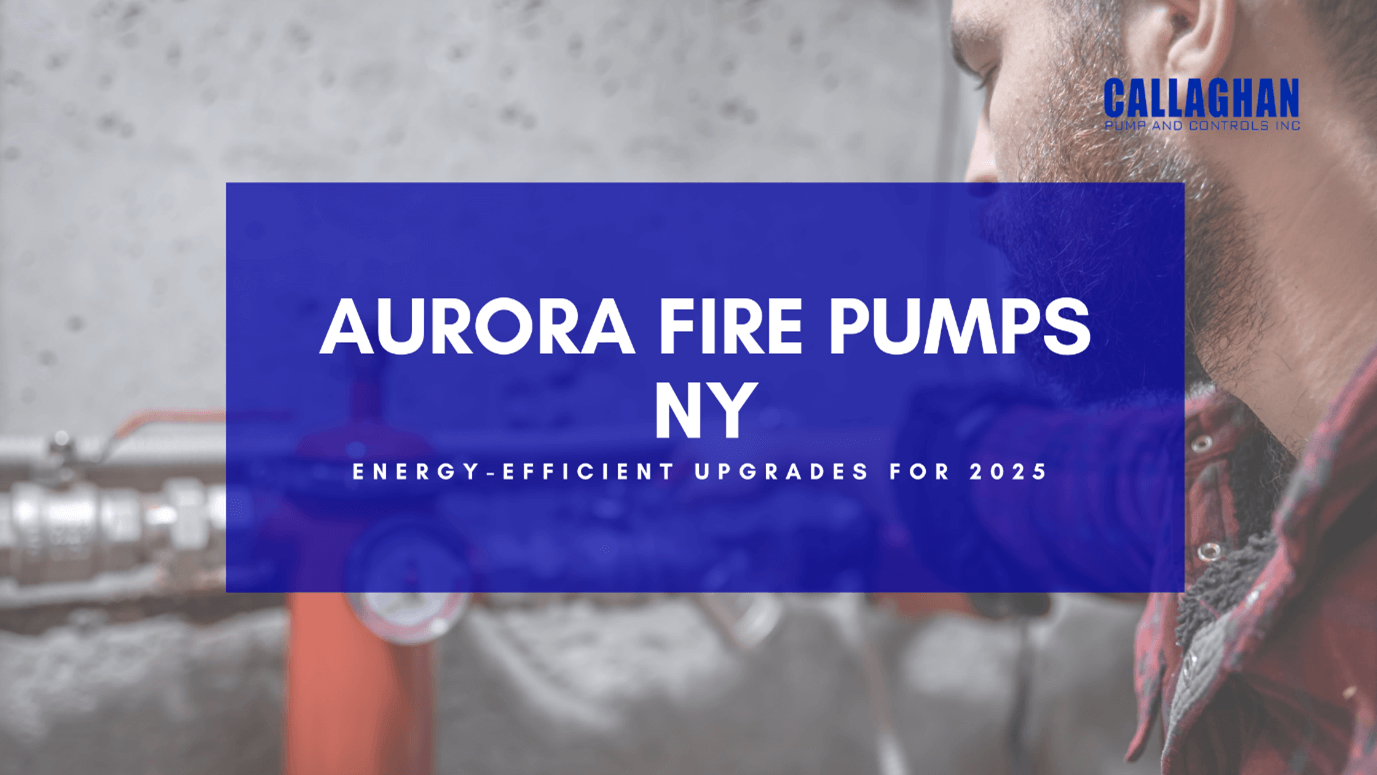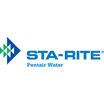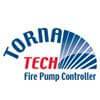
September 23rd, 2025
What if upgrading your Aurora Fire Pumps could lower energy costs by up to 30% while boosting system reliability? With today’s advanced technologies, achieving this level of efficiency and performance is easier than ever. It will make your systems properly aligned with modern demands. In this blog, we have covered the possible changes that could be implemented to make Aurora fire pumps more sustainable and eco-friendlier. Let’s explore
Before proceeding, can you assess your system’s current status? Start by reviewing the pump’s age, efficiency levels, and compliance with FDNY requirements. Inspect for signs of wear on impellers, bearings, or seals that may impact performance. It’s also essential to analyze your pump’s energy consumption trends. Older models often consume more power than necessary. Here’s what we think is needful:
The first step in modernizing a fire pump system is conducting an energy and performance audit. Doing so will help you know the present health of the system. Oversized pumps, poor alignment, or outdated impellers can cause increased power draw, unnecessary maintenance costs, and premature wear. Hence, identify the current pump sizing and pressure. With this, you will know if the system is wasting water and energy through inefficiencies.
Aurora models (horizontal split-case, inline, and end-suction pumps) have varying power ratings, sizes, and space implications. Some earlier installations may not incorporate high-efficiency impellers or hydraulic designs.
This means you are paying more for electricity than you need to. Verify that the motor and pump pairing are in accordance with the current NFPA-20 and UL/FM listing standards in New York.
Aurora Fire Pump, the most trusted brand in New York City, continues to evolve by redesigning and upgrading its products to meet modern safety standards, efficiency goals, and technological demands.
One low-cost upgrade is to replace or retrofit impellers with modern, high-efficiency geometries. This reduces hydraulic losses and can improve head and flow performance. Additionally, the pump will use less operational energy than it does in its usual functioning.
In some cases, updating to a compact or vertical split-case design optimizes space and performance. It’s essential to perform the baseline measurement before upgrading the Aurora Fire Pump. This could include weekly or monthly no-churn tests, flow test data, and vibration level testing.
Another area where Aurora Fire Pump can be upgraded is the design of the piping system. Sharp elbows, multiple turns, and undersized piping result in friction losses. It increases total dynamic head, forcing the pump to consume more energy.
Modern designers can eliminate such issues by redesigning the piping layout. By implementing smoother radius elbows, improving routing, and reducing unnecessary fittings, energy consumption can be reduced. Additionally, adapting to such equipment extends the equipment’s lifespan.
Fire pumps may not be the first machines that come to mind when considering energy efficiency. But the interesting part is that they are quickly changing. Aurora’s latest impeller technologies are engineered to boost features while consuming far less power.
The introduction of variable-speed devices in Aurora Fire Pumps is a significant leap. They are not only recognized under NFPA 20 but also enhance the pump’s operation. With the ability to adjust water pressure, flow, and motor speed, these controllers reduce power consumption. Additionally, it reduces water wastage during weekly churn testing by eliminating excessive discharge from relief valves in some systems.
Callaghan Pump is the trusted brand for supplying Aurora Fire Pumps. We deal in modern equipment designed in compliance with registered guidelines. Feel free to contact us.
john@callaghanpump.com,
eileen@callaghanpump.com,
dan@callaghanpump.com,
sales@callaghanpump.com,
service@callaghanpump.com












